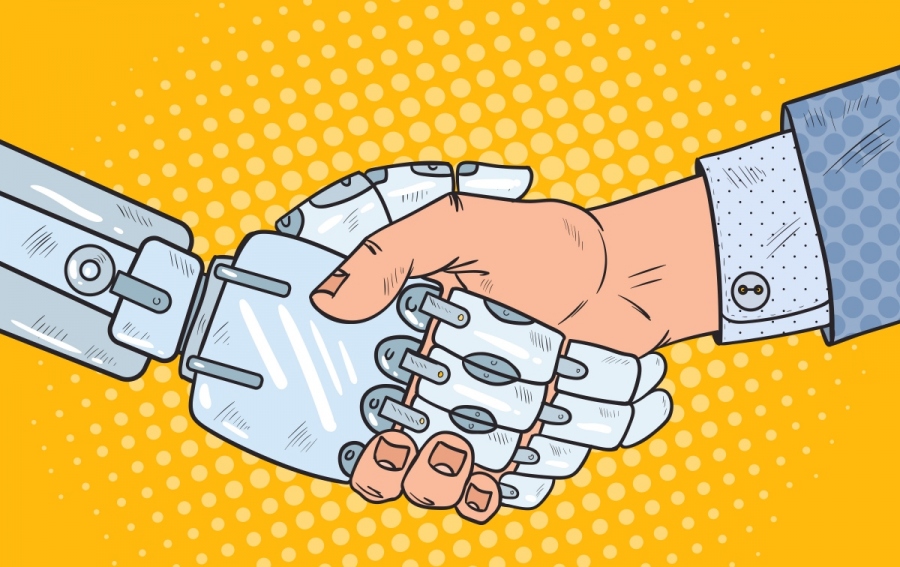Not so long ago, people were only farmiliar with one kind of robot. The one that has been programmed to do what any human can do on except more efficiently than even the humans that made them and their own without any supervision. You know, the kind of robot that movies are made about and have the potential to take over the world?

However, in the year 1996, two professors from the northwestern university known as Michael Peshkin and J. Edward Colgate, came up with the idea that robots do not need to be anti social machines and entirely independent. They figured that since robots are made for the benefit of humans in the first place, then they should at least be interactive so that they can be better to work with. Therefore, they came up with cobots. The first ever collaborative robots in the world.
Cobots vs Robots
Cobot as the name suggests, is a collaborative robot or a co-robot. They were made in such a way that allows them to share a workspace with other humans and actually depend on them to some extent. Up until 2010, the robots that were used in industries had operating systems that were autonomous in nature and humans did not even need to be around them as they performed the duties that they had been programmed to perform.
It is no secret that we are soon coming to an era that will be predominantly run by robots. Robots will be used everywhere, at work, in schools, in hospitals and even in the homes of people who would prefer their chores to be done by robots. Therefore, if robots are going to be around as much, then it would make more sense to have them made in a way that allows humans to interact with them.
Integrating Cobots
For one, cobots are sure to be preferred over normal robots by children. Ordinary robots that cannot interact with humans can pose the possibility of children being afraid of them. As a matter of fact, cobots are the best kind of robots if there will be a success in the teaching and learning of science, technology, engineering and mathematics (STEM) in the early educational life of children.
STEM is not a new concept, and the traditional form of education is becoming more and more diluted each day. So If we are going to have our children build robots, then why not have them builtd cobots instead? Furthermore, it would be more practical for cobots to be around children, whether in schools as learning simulators, or in hospitals and homes as helpers.
Using Cobots to increase performance at work
It is also possible that working envirnments that involve having working robots around would be more friendly with cobots. Cobots would not pose a threat to anyones job, because they would need humans there as well. Cobots also have the potential to help humans to do their jobs more efficiently, and this would be a good thing for both the employer and the employee. And this has to be the ojective of creating these collaborative robots. To create helpful machines that people will actually enjoy being around, rather than worry about being around at all.
In the end, formal workplaces and industries are bound to have cobots around. They will be the obvious preference to the traditional type of robots. Having cobots will not only provide a chance for a business to grow, but for the work

